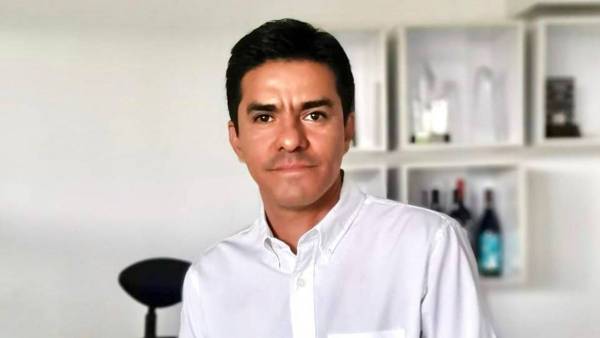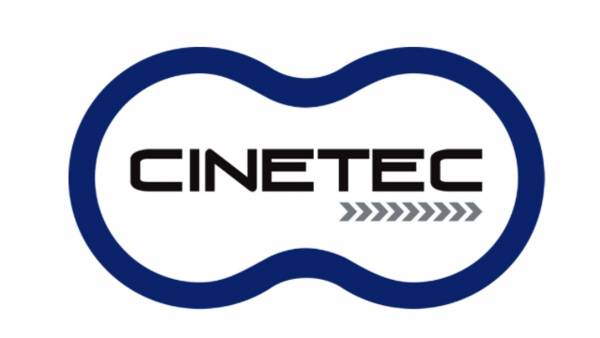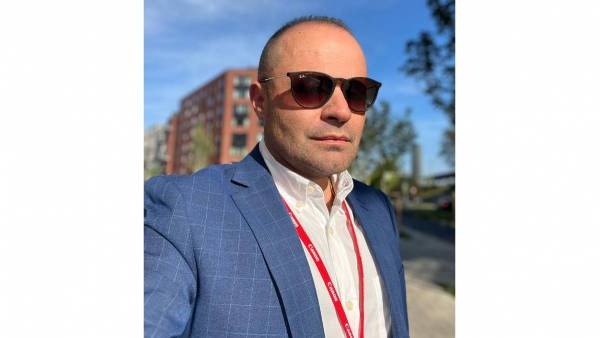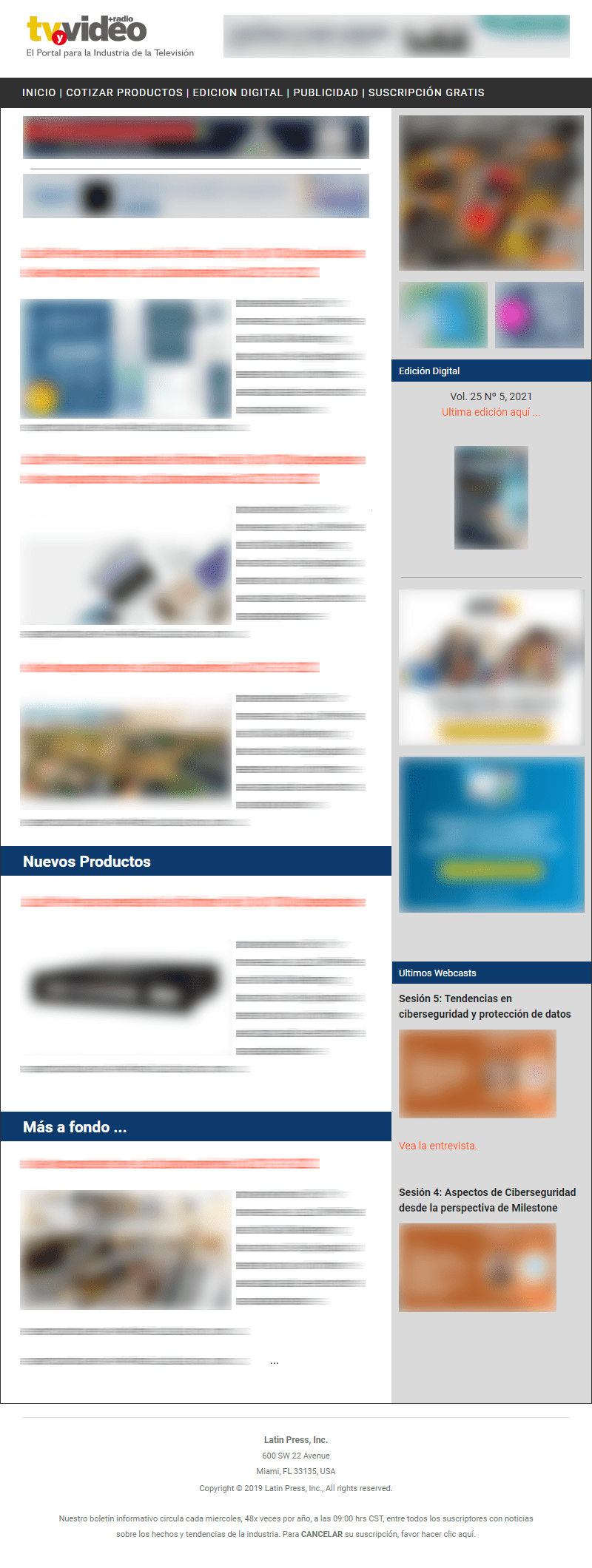Uruguay. "Togo" is an action-packed crime thriller directed by acclaimed director Israel Adrian Caetano and a Netflix original. This feature film tells the story of Togo, starring Diego Alonso, who lives and works in Montevideo, Uruguay.
The main character, who takes care of cars, helps park and offers directions, but is forced to protect his livelihood and his life when he comes face to face with drug traffickers.
Post-production companies SKAfilms, Colour Studio and Trailer Films, all based in Uruguay, collaborated in the post-production stage, during which they optimized the work dynamics with an ACES color management in Blackmagic Design's DaVinci Resolve Studio, the editing, color grading, visual effects and audio post-production program. SKAfilms and Trailer Films – both responsible for proxy file management, mastering and preparation of IMF content – together with Colour Studio – in charge of color grading – focused with total certainty on the creative aspect of the project and the material to be delivered, thanks to the consistency granted by the ACES environment. Color-managed processing eliminated all uncertainty and avoided wasting time troubleshooting in post-production, and teams were able to easily share footage in DaVinci Resolve Studio.
"Since SKAfilms, Trailer Films and Colour Studio work in ACES format with Resolve, we were able to exchange DRP project files, which was very useful in simplifying the post-production process. In addition, we had the possibility to consult beforehand with Colour Studio about the HDR color space settings and everything Netflix required to create the IMF package properly according to their specifications and standards. In a matter of seconds, we could make sure we were all on the same page," explained Agustín Fagetti, IMF package editor at SKAfilms.
When creating the desired aesthetic for "Togo", Colour Studio used the halos effect in DaVinci Resolve Studio, to add flares and reflections of light around the high-contrast edges.
"We were very surprised by the exceptional effects offered by DaVinci Resolve Studio," added colourist Daff Schneyder of Colour Studio. "In addition to the halo effect, we also use the graininess effect throughout the film. Without these tools, we wouldn't have been able to achieve the uniform, warm aesthetic the director had in mind."
When it came time to create an IMF package for Netflix, the SKAfilms team was ready. "The IMF format can be very complex in terms of metadata and internal structure, especially when working with high dynamic range images, but the design of DaVinci Resolve Studio made the process easier and much more intuitive," Fagetti said.
To maintain a consistent look and feel across the thousands of different types of screens on which viewers consume content, Netflix requires compliance with the most rigorous standards. Although Netflix guided SKAfilms throughout the work dynamic to obtain the IMF package, Fagetti observed that creating it in the same program in which the feature film was graded was a fundamental advantage.
"Getting the IMF packages in DaVinci Resolve Studio was totally revolutionary for us. We could make sure we had the right settings in terms of color management and solve any problems that arose very easily, thanks to the Dolby Vision metadata in the program. The internal structure of the package itself is wonderful, given that you don't need to ship the entire film again with each round of changes. Only specific changes are sent, and Resolve's IMF technology, with the help of metadata, determines which frames/shots are suitable and which should be resent, and only generates new files for those components," he explained.


























Leave your comment